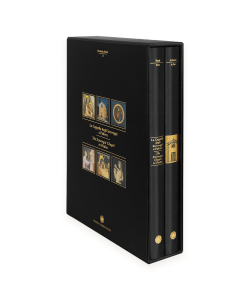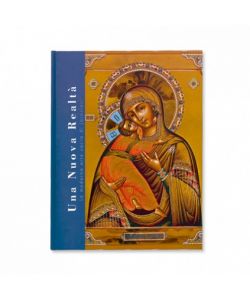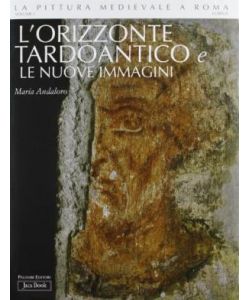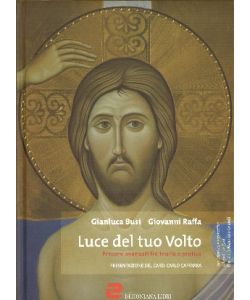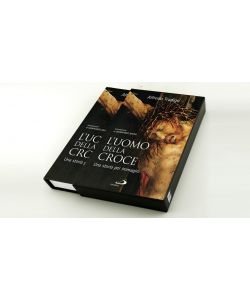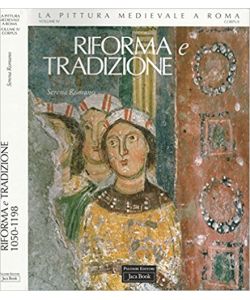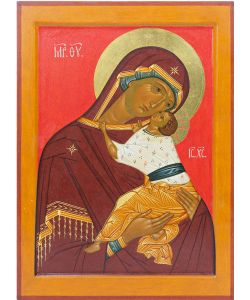Icon of St. Joseph and the child Jesus 24x32 cm
Taken from the ancient model of the Melkite School, sec. XVIII
Description:
Saint Joseph supports the Child with his left arm.
His left hand also holds the lily, a symbol of his nuptial chastity.
The position of the hands, which continues in the movement of the drapery of the mantle, underlines a
attitude of care and protection towards the Child, reciprocated by the position of
hands of the Child, which intertwine in an affectionate gesture.
Joseph's paternal attitude is also expressed by the inclination of the body and the gaze,
while the child's gaze is turned towards the viewer, in order to attract their attention: it is
In fact, he is the true spiritual center of the composition. This is also underlined by the fact that His
his face is more illuminated, while the face of the saint, while receiving light from the Child, seems to remain
a little in the shadows, to emphasize the confidentiality of his life, and rather to highlight his dignity
of his role.
The inscriptions mean:
- in the nimbus of the Child: "ο ων" is the Greek translation of the name of God revealed to Moses (Exodus
3.14);
- on the outside: IC XC is the abbreviation (in ancient Greek characters) of the name "Jesus Christ";
- Ο ΔΙΚΑΙΟΣ ΙΩΣΗΨ, also in ancient Greek characters, means "the righteous Joseph", as per
attribution referred to in the Gospel of Matthew (1:19).
The icon is painted on a lime wood panel prepared with canvas, glue and white according to traditional methods
antique, and painted with egg tempera. Natural pigments were used (ocher, earth and materials
precious: lapis lazuli, cinnabar, chrysocolla ...). Gilding done with gold leaf.

